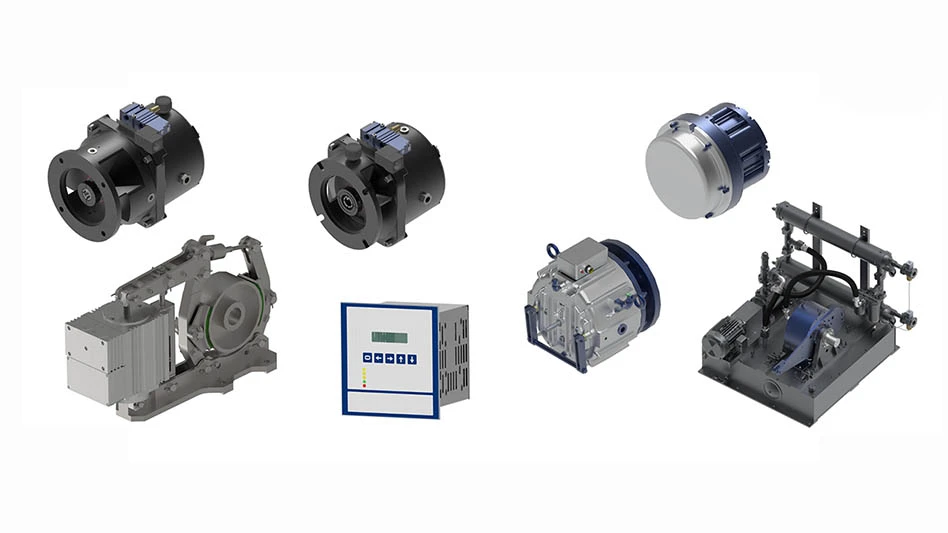
Hampton, Virginia – When announcing the completion of the Bell V-280 tiltrotor fuselage, Bell Helicopter leadership applauded the Bell Helicopter/Spirit AeroSystems team for a job well done, ahead of schedule, and within budget. This event marked the culmination of a successful first-time collaboration between the two companies.
The sizing and analysis software Spirit used to prove out the structural integrity of the V-280, HyperSizer, from Collier Research, automatically performs design, stress analysis, and sizing optimization, typically reducing the weight of structures by 20% to 40%.
HyperSizer software is used for certification analysis of composite and metallic airframe structures. For metals, the detailed stiffener dimensions are included for stress reports.
On the V-280 fuselage prototype program, Spirit AeroSystems employed HyperSizer for detailed sizing of the fuselage. Important structural requirements include strength, stability, stiffness and deflection/rotation limitations for severe flight, landing and ground load cases.
The V-280 Valor is competing in the Department of Defense’s Joint Multi-Role Technology Demonstrator (JMR TD) program. This is a science and technology precursor to the Department of Defense’s Future Vertical Lift program, with the goal to replace 2,000 to 4,000 medium-class utility and attack helicopters. The V-280 Valor is Bell Helicopter’s offering for the JMR-TD program. A next generation tiltrotor, the Bell V-280 Valor advanced technology tiltrotor is designed to offer speed, range, and payload for expeditionary maneuvers.
The unit was designed and assembled in Spirit’s rapid prototyping facility in Wichita, Kansas, in just 22 months. The composite fuselage was shipped to Bell Helicopter’s facility in Amarillo, Texas, for final assembly, and the build continues toward a first flight in the in the second half of 2017.
“The design-analysis cycle for a typical aircraft program requires many iterations between the designer (CAD) and the stress analyst,” says James Ainsworth, Collier Research structural engineering. “This is a very time-consuming process.”
To meet the aggressive V-280 schedule, HyperSizer was employed in a design-by-analysis approach that sized and analyzed the fuselage structure. “The automated analysis tool in our software allows the stress analyst to define the required structural configuration, informing the designer about the best configuration that optimizes the stiffness of the structure,” says Ainsworth.
HyperSizer also provided the engineers with automated stress-report generation that enabled them to review and vet all relevant data in order to prove-out the structural soundness of the fuselage.
“A small team of stress and design engineers acquired the right tool set to support their in-house capabilities and efficiently deliver ahead of schedule,” Ainsworth says.
Source: Collier Research Corp.
Latest from Aerospace Manufacturing and Design
- Deutsche Aircraft rolls out D328eco test aircraft
- Laser drilling DrillOptimizer for galvo scanner systems
- #64 - Manufacturing Matters: Automation offerings with Visual Components
- Is your shopfloor connected? The importance of Industry 4.0 in manufacturing
- Reduce setup time & maintain high accuracy
- Take a lunch break, expand your manufacturing knowledge
- NCDMM partners with Kent State University
- Indexable inserts for shoulder, face, high-feed, profile, copy and slot milling





